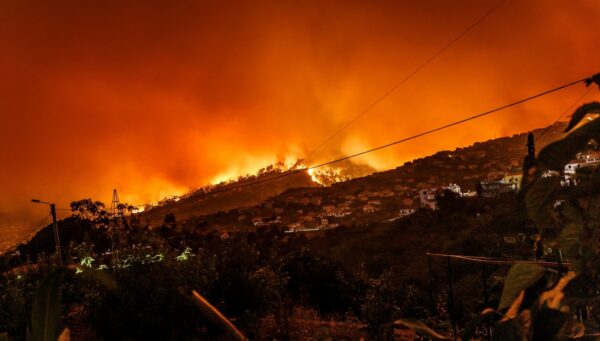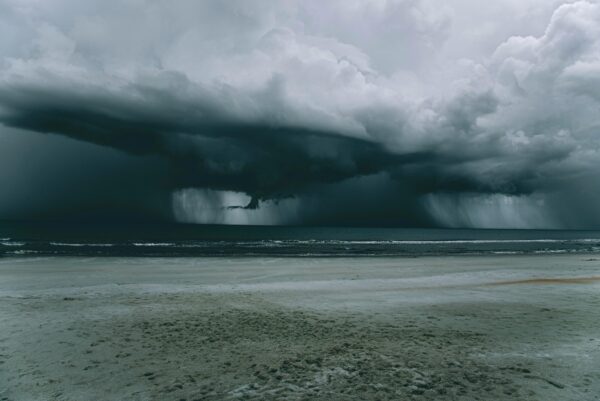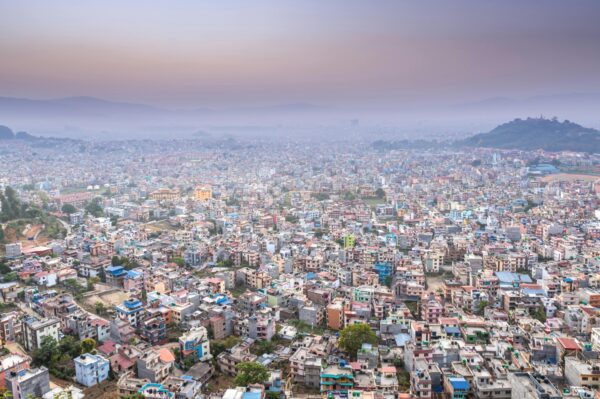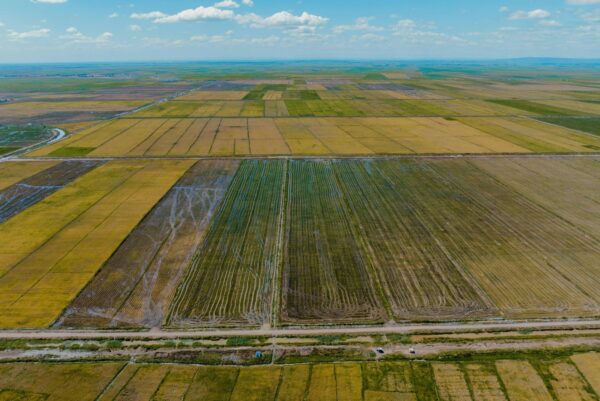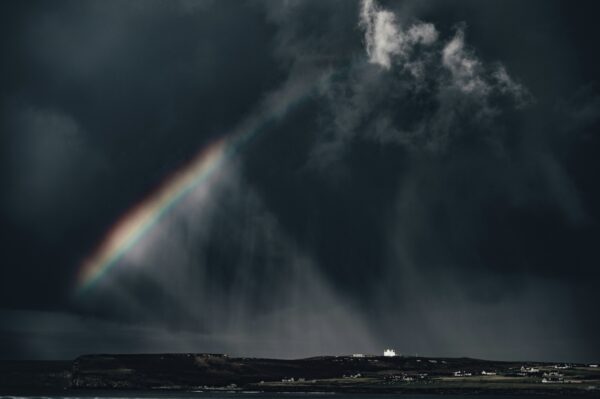Representing natural climate variability in an event attribution context: Indo-Pakistani heatwave of 2022
Authors
Shruti Nath, Mathias Hauser, Dominik Schumacher, Quentin Lejeune, Lukas Gudmundsson, Yann Quilcaille, Pierre Candela, Fahad Saeed, Sonia Seneviratne, Carl-Friedrich Schleussner

Attribution of extreme climate events to global climate change as a result of anthropogenic greenhouse gas emissions has become increasingly important. Extreme climate events arise at the intersection of natural climate variability and a forced response of the Earth system to anthropogenic greenhouse gas emissions, which may alter the frequency and severity of such events. Accounting for the effects of both natural climate variability and the forced response to anthropogenic climate change is thus central for the attribution.
Here, we investigate the reproducibility of probabilistic extreme event attribution results under more explicit representations of natural climate variability. We employ well-established methodologies deployed in statistical Earth System Model emulators to represent natural climate variability as informed from its spatio-temporal covariance structures. Two approaches towards representing natural climate variability are investigated: (1) where natural climate variability is treated as a single component; and (2) where natural climate variability is disentangled into its annual and seasonal components.
We showcase our approaches by attributing the 2022 Indo-Pakistani heatwave to human-induced climate change. We find that explicit representation of annual and seasonal natural climate variability increases the overall uncertainty in attribution results considerably compared to established approaches such as the World Weather Attribution Initiative. The increase in likelihood of such an event occurring as a result of global warming differs slightly between the approaches, mainly due to different assessments of the pre-industrial return periods.
Our approach that explicitly resolves annual and seasonal natural climate variability indicates a median increase in likelihood by a factor of 41 (95% range: 6-603). We find a robust signal of increased likelihood and intensification of the event with increasing global warming levels across all approaches. Compared to its present likelihood, under 1.5 °C (2 °C) of global near-surface air temperature increase relative to pre-industrial temperatures, the likelihood of the event would be between 2.2 to 2.5 times (8 to 9 times) higher.
We note that regardless of the different statistical approaches to represent natural variability, the outcomes on the conducted event attribution are similar, with minor differences mainly in the uncertainty ranges. Possible reasons for differences are evaluated, including limitations of the proposed approach for this type of application, as well as the specific aspects in which it can provide complementary information to established approaches.




